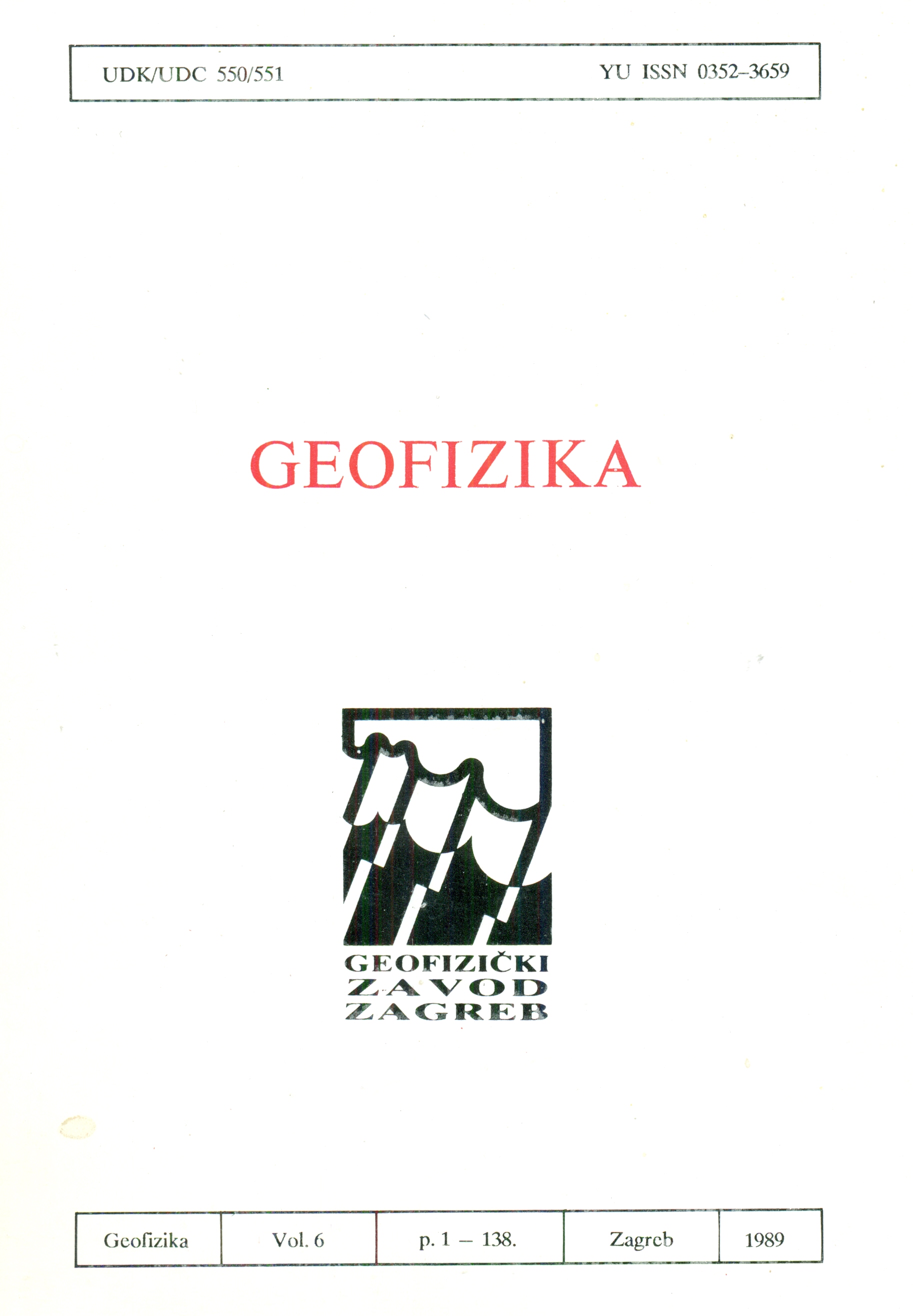Modelling residual sea levels of the Bakar Bay
(in Croatian)
Abstract
In this paper a case of extremely high sea levels, which were recorded in the Bakar Bay on 31 January/1 February 1986, has been analyzed. The comparison of residual sea levels with synoptic weather charts and time series of both atmospheric pressure and wind over the Adriatic Sea has shown that cyclones induced two disturbances which were constructively superimposed and therefore caused extremely high sea levels. After a front passed by, the wind suddenly decreased in strength causing free oscillations (seiches) which persisted for approximately ten days.
It has been shown that the influence of atmospheric pressure on the sea can well be represented by the inverted barometer effect. In order to simulate the wind effect, one-dimension hydrodynamical numerical model has been developed. It was found that the model gives good results when land-based wind data are transformed into offshore data according to empirical relation published by S. A. Hsu in 1986. Moreover, it turned out that very good agreement between the observed and predicted levels can be obtained by using the value of 5×10-4 m s-1 for bottom friction coefficient, which equals the lower limit of values cited in the literature for the Adriatic area.
Downloads
Published
Issue
Section
License
Copyright (c) 2021 Geofizika journal

This work is licensed under a Creative Commons Attribution-NonCommercial 4.0 International License.

